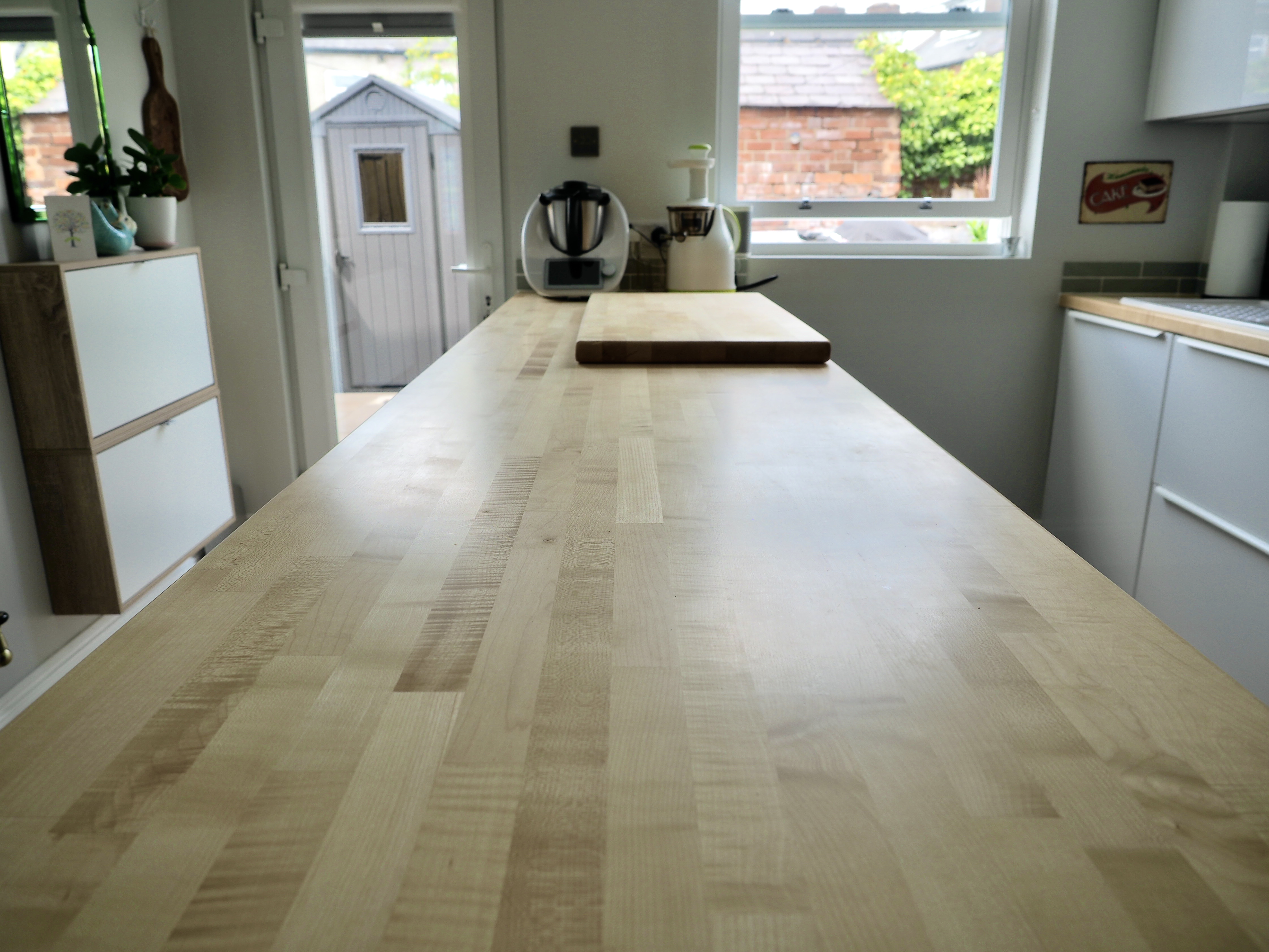Some people aren’t a fan of the kitchen; they prefer the lounge.
Not me.
In our little house the options of rooms downstairs is pretty binary and the kitchen is definitely the more occupied space of the two.
It’s always been that way, going back to my childhood. The kitchen was always the room that you found people in. It was where people congregated to talk, where the action happened, where you might find a bowl to scrape out or a titbit to steal.
I’ve spent a lot of time in the domestic kitchen, I cooked a lot in the family home growing up and the habit stuck. I’ve cooked professionally in luxury rental properties and in large, distinguished homes. It means I have pretty developed opinions on the basic kitchen infrastructure required to make time in a domestic kitchen easier, more efficient, less stressful and simply more enjoyable.
At the end of 2020 we finally did a complete kitchen overhaul at our home. We had various parameters to work to such as budget and limited dimensions but it was an opportunity to set up a kitchen aligning with some of our design fundamentals.
Working professionally to demanding agendas in awkward kitchens has made me sensitive to the non negotiable essentials you need to optimise even a basic level of kitchen workflow.
These days I have a much lower tolerance for working in chaos than I did many years ago, I suppose it’s just the wisdom that comes from the experience of struggling.
Whenever I find myself cooking or just helping with the cooking in someone else’s kitchen, I usually have frustrations in the awkwardness of their set up.
If only they made a few adjustments it would make cooking so much easier.
However I’ve learnt to keep my mouth shut and any logistical suggestions to myself. It seems that people respond to suggestions of kitchen layout about as well as parents being asked by a restaurant to leave their children in the car on a hot day.
With that in mind I’m not preaching any rules or advice on what I would do to anyone else’s kitchen layout, I’m simply going to list 10 of my own priorities when it comes to making life in the kitchen that little bit smoother, garnered from many years of kitchen battles.
For those who’ve already read enough, here’s the list without the waffle.
- Defend clear, usable worktop space
- The value of a good bin
- Clean up as you go
- Dry your pots
- Have loads of bowls
- Have big chopping boards
- Create a worktop bin
- Have a few decent knives and a good flipper
- Weigh everything
- Have a few decent pans and oven trays
1. Defend clear, usable worktop space:

A comfortable amount of clear, usable worktop is one of my definitive measures of creating functional calm in the kitchen. You can tell the measure of experience of a cook by the state of their workspace. A novice will have a tendency to consume worktop space. They will adorn the sides with clutter even before they begin cooking and then proceed to fill any available gaps with an archaeology of their kitchen activity; consuming space with dirty pots, ingredient packets, utensils and general mess.
An experienced cook will do the opposite. They will minimise whatever has a home on the kitchen worktop and then defend clear spaces vigilantly throughout the process of preparation and cooking.
When it comes to streamlining a worktop I work to a general rule of thumb, if it gets used most days it can live on the side otherwise it lives somewhere else (a cupboard, the cellar a garage etc.).
With a nice clear workspace you start the entire process with a sense of calm and the more you maintain that space the easier every task becomes.
2. The value of a good bin
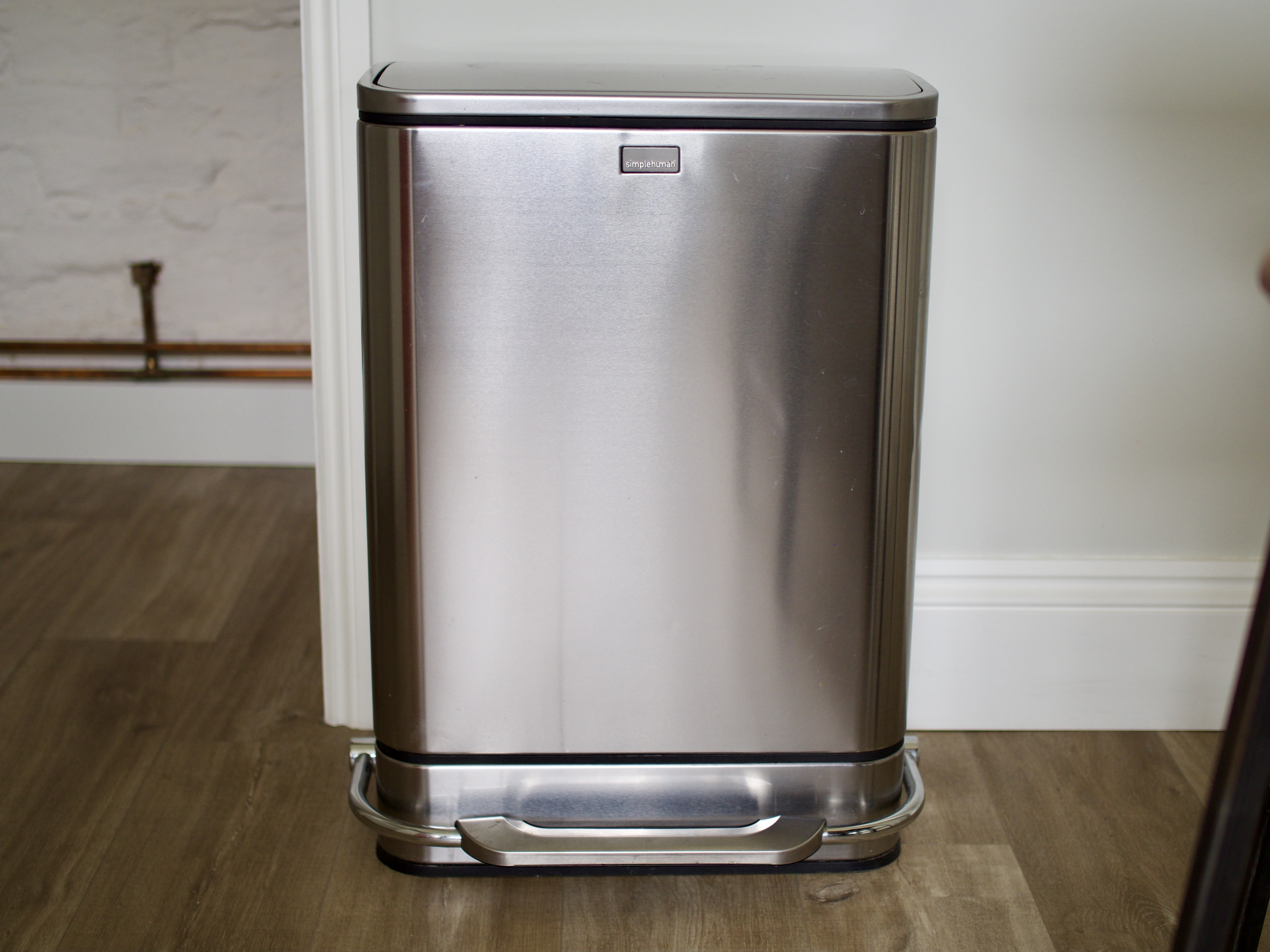
It’s very hard to convince people of this one so I’ve given up trying.
The labour of cooking and effective workflow, can often be measured by the challenge of small individual tasks.
If you do a task every now and again and it’s a bit awkward or uncomfortable, you can probably live with it. If you find yourself doing that task multiple times per day, after 50+ times per week it has a cumulative effect on becoming slightly annoying.
I like to look at most purchases these days based on how much it actually makes my life that little bit better. Upgrading my phone for example; always nice to have a new one but the latest model doesn’t really change my life all that much.
Getting myself a swanky, kitchen bin on the other hand can be a bit of a game changer.
- It’s operated by a solid foot pedal so opens easily without needing my hands that are usually full of stuff (or at least covered in stuff).
- It shuts quietly without an annoying clang.
- It has a large ‘mouth’ so I don’t spend any time wiping the skid marks off it’s face.
- It’s big so I only need to empty it every few days.
- It looks nice.
You might think that none of these features offer that much, but when you enjoy these benefits multiple times per day, every day, I think it earns cumulative life value.
As I mentioned at the start, not many people are convinced of this one, but after taking the plunge I consider it one of life’s little secrets.
If you’re convinced, this is the newest edition of the bin I own.
(OMFG! It turns out there is now a voice activated version!, amazing for anyone with any physical impairments.)
(No affillate linkage here, I just think it’s a great bin)
3. Clean up as you go

Old chef’s quote
This is a classic and most people know it but few truly follow it.
I really honed this one working in luxury chalets in Switzerland, France and Austria, where the time you finished your long day was directly proportional to the state of your kitchen as you served dessert.
Cleaning as you go keeps your work environment tidy, calm and functional and also minimises the clean up once you’ve eaten.
After a good feed the last thing I want to do is spending ages clearing up a kitchen. I want it all done in five minutes so I can get my chill on.
I’m not down with the messy cooks who create absolute carnage in the kitchen then claim the…..
“I made dinner so I don’t have to clear up.” line.
Being exempt from loading plates and a few bits and pieces after dinner is fair enough. Leaving carbonised pans, a hob scene from Apocalypse Now and sides that look like the cook was harassed by a giant hornet every time they went to get an ingredient, is not.
There is actually plenty of time during cooking to wash pots, wipe down sides and put ingredients away. You really don’t need to observe a simmering pan that much; it’s not that unpredictable.
Learning the discipline to keep a kitchen clean, tidy and organised during the cooking process is a skill that will have a surprising impact on the quality of the food you produce.
4. Dry your pots
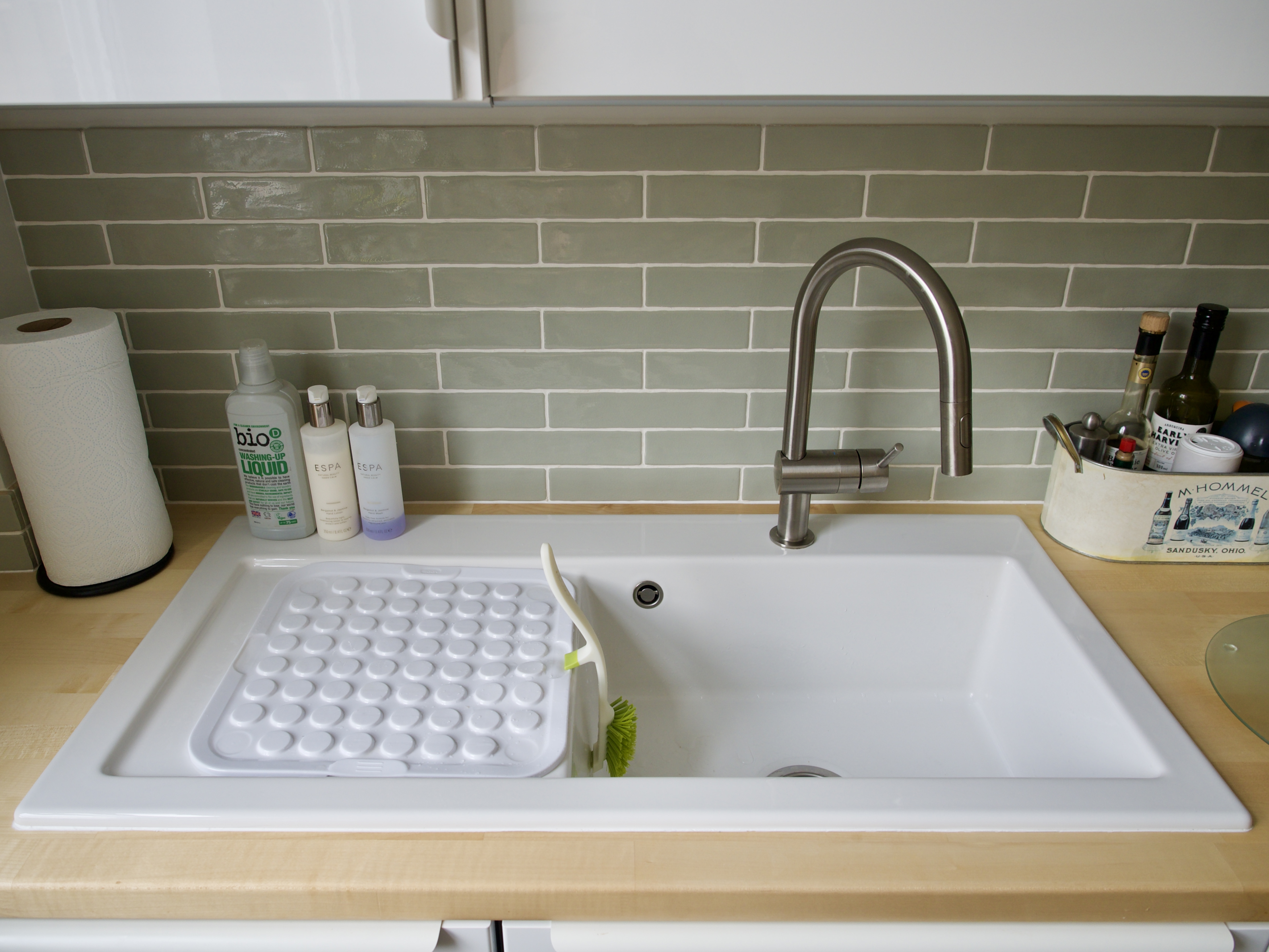
This is really an add on to ‘clean as you go’ but still worth a mention.
Lots of people love the ‘Jenga’ approach to drying pots and consider the washing up finished, despite ‘Pot Mountain’ rising above eye level.
I do not.
It gridlocks the whole flow of cleaning up and ultimately becomes a incident waiting to happen.
Keeping everything flowing, calm and organised includes the draining rack.
Get the pots dried, put away and take a breath at the zen like state of your workspace.
5. Have loads of bowls
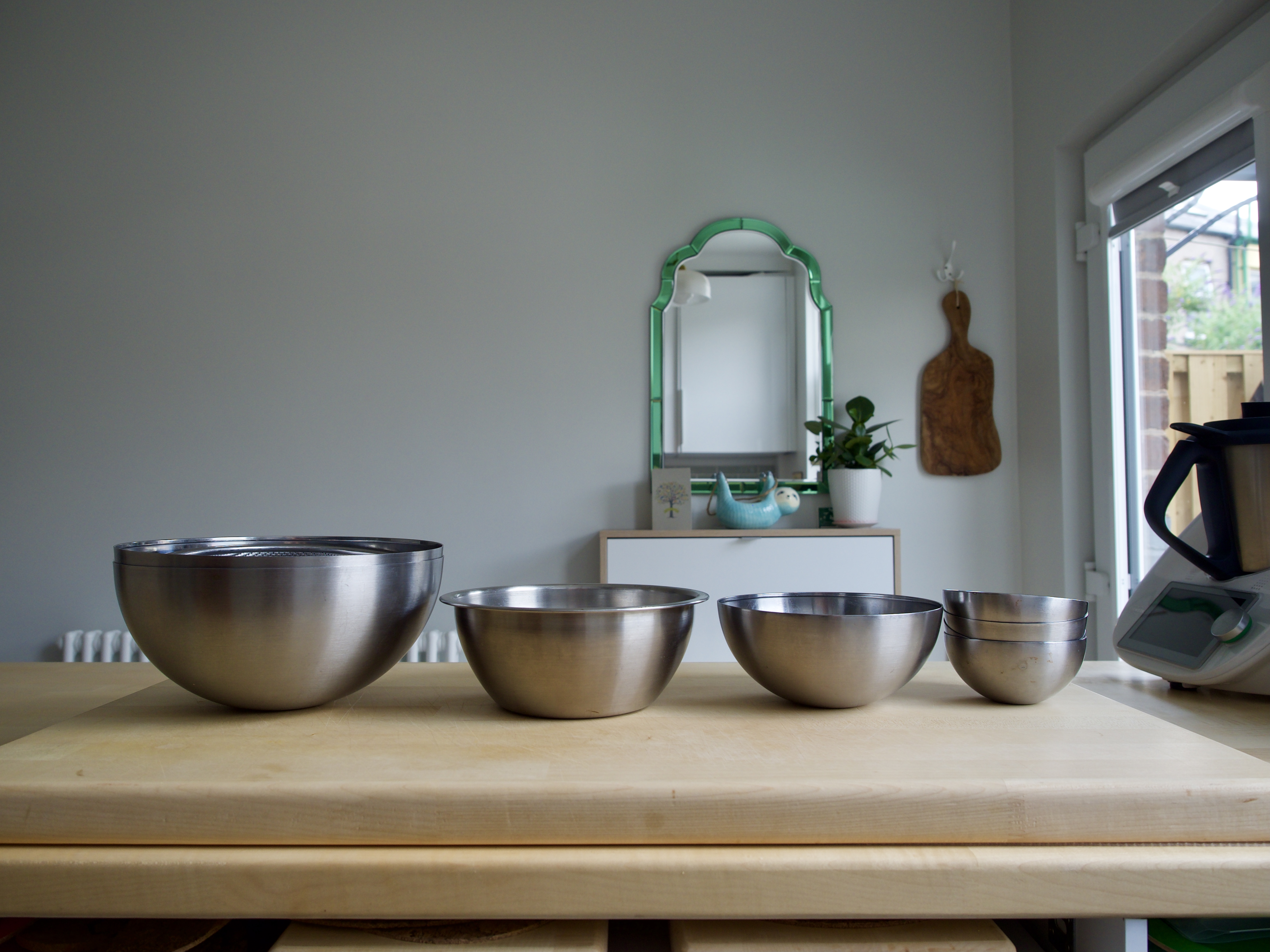
I believe you can’t have too many mixing bowls.
They are cheap and essential for organising ingredients, mixing stuff (‘Durr…’), weighing out ingredients etc. A good selection of mixing bowls will earn its keep in no time and you’ll never reminisce about using an old plant pot to mix your cake ingredients because it was the only receptacale you had left.
I have a selection including two massive ones (that live in the cellar), for occasional big tasks like salad for groups or mass Christmas cake baking, two large, 1 medium, 2 small/medium and four small.
I like stainless steel because its unbreakable, easy to clean, quite light (compared to glass) and Ikea sell them cheap in as many sizes as you’ll need.
The benefit of other materials such as glass or plastic is that they can go in the microwave (that’s about it).
The downside’s to glass is that it’s heavy and a real party pooper when smashed (broken glass is no fun in a kitchen). Plastic can sometimes be too light and is actually quite expensive for a decent quality one that doesn’t taint or scratch easily.
As part of the bowl selection it’s also worth mentioning a colander (bowl with holes) not a bowl as such but serves a related purpose and is definitely worth including.
6. Have big chopping boards
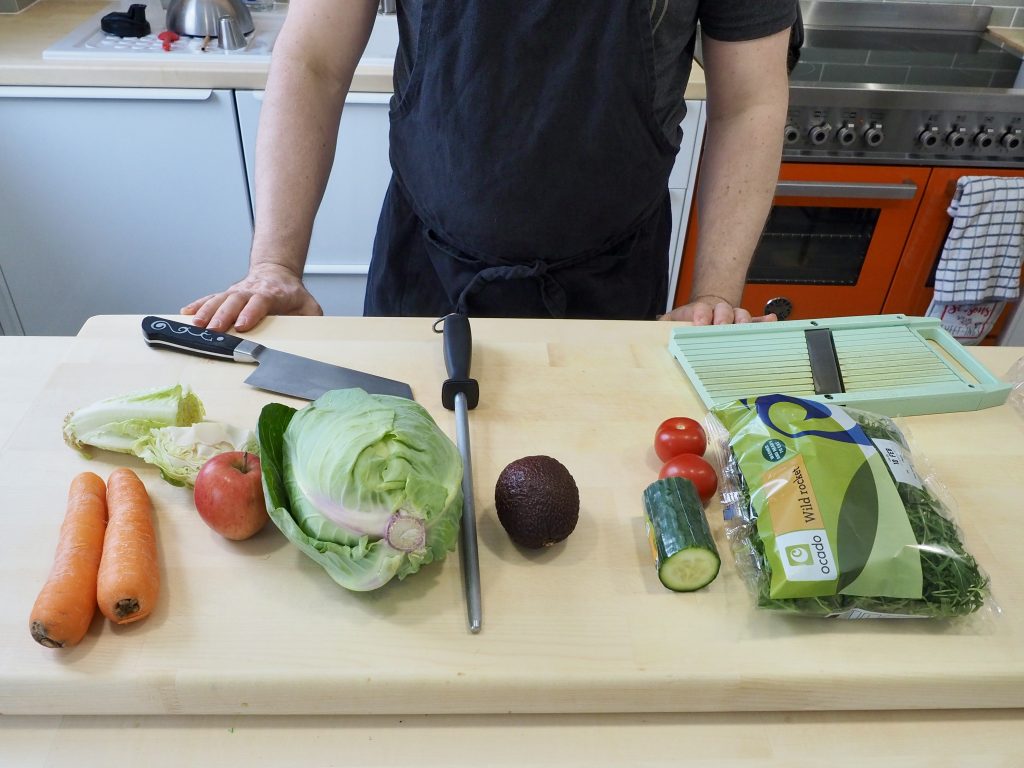
Why does everyone insist on a tiny plastic chopping board….? Its only functional place is on a picnic, or slicing lemons for a gin and tonic at the poolside.
Haven’t you watched James Martin on a Saturday morning? He has a slice of tree to use as a chopping board.
As big a chopping board as you can fit on your side will give you a lot more space to work on and will be much more stable as you chop.
Plastic is fine but usually benefits from a non slip mat underneath as it can slip around (a damp cloth or some moist kitchen roll can be an effective improvisation to keep things stable). Alternatively a good sized wooden chopping board is pretty cost effective and will last almost as well.
I like to have a stash of commercial coloured boards (blue for fish and red for meat) for when I find myself doing some substantial prep with either of these ingredients.
It’s always good practice to have some degree of specificity with boards for different tasks even if it’s just so that your chopped strawberries don’t taste of garlic.
A generous sized chopping board for the bulk of your daily tasks will make your workspace immediately feel bigger.
7. Create a worktop bin
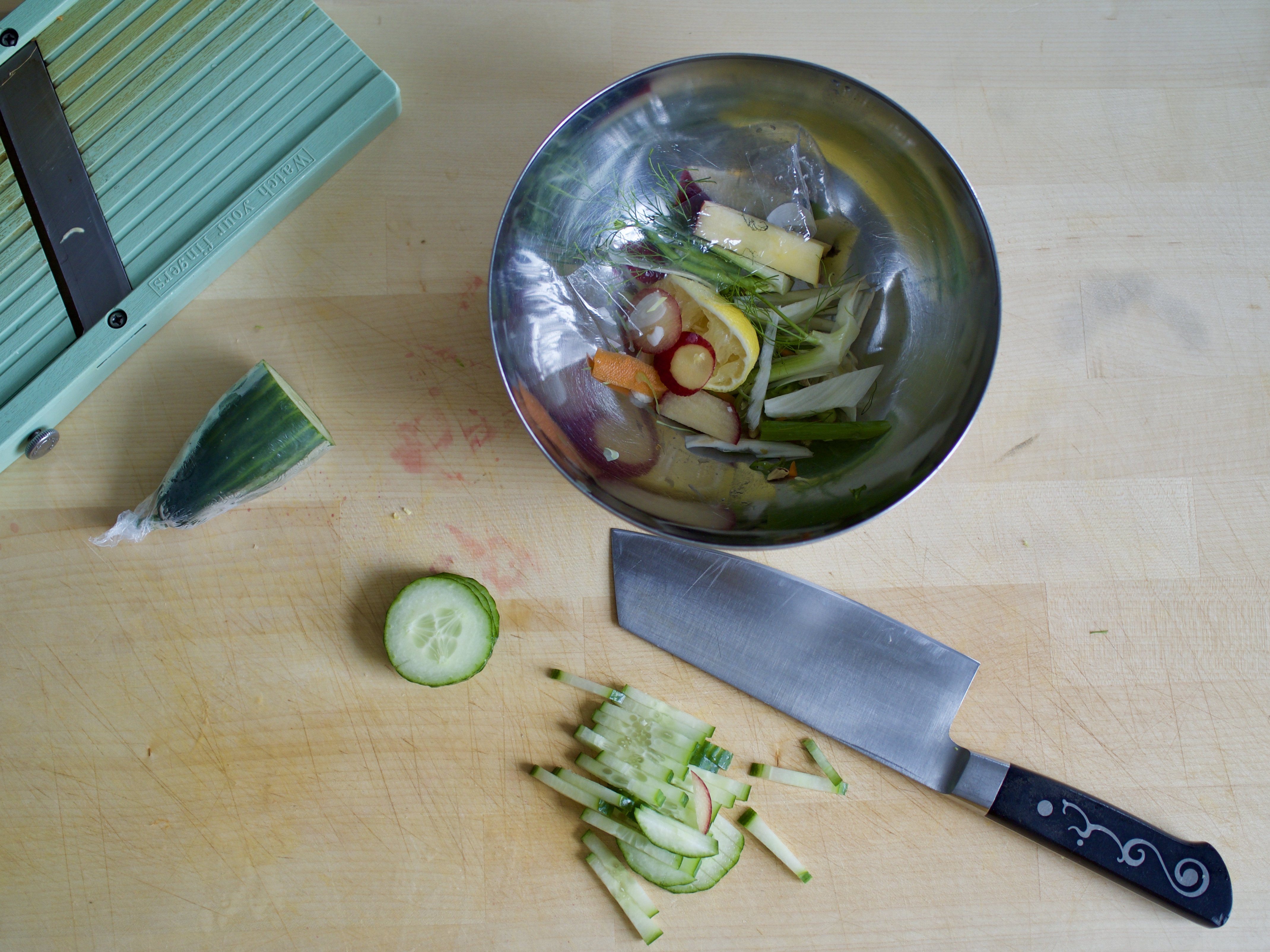
This is a simple trick that chefs often use in a professional kitchen.
Rather than regular trips to the ‘main’ bin, creating unnecessary mileage and a trail of crumbs and potato peelings. You improvise a small worktop bin to dump your rubbish. This is usually as simple as using one of those handy bowls I mentioned to sit on your side and become a temporary place to accumulate any waste.
It keeps your workspace tidy and minimises the number of trips needed to reach the main bin area.
Another play on this simple set up is to have another bowl to dump prepped items into. The most frequent use is to overcome the common hurdle of getting chopped onions into a pan without the hairy navigation across the kitchen and the compulsory rogue diced ingredient littering the floor.
8. Have a few decent knives and a good flipper
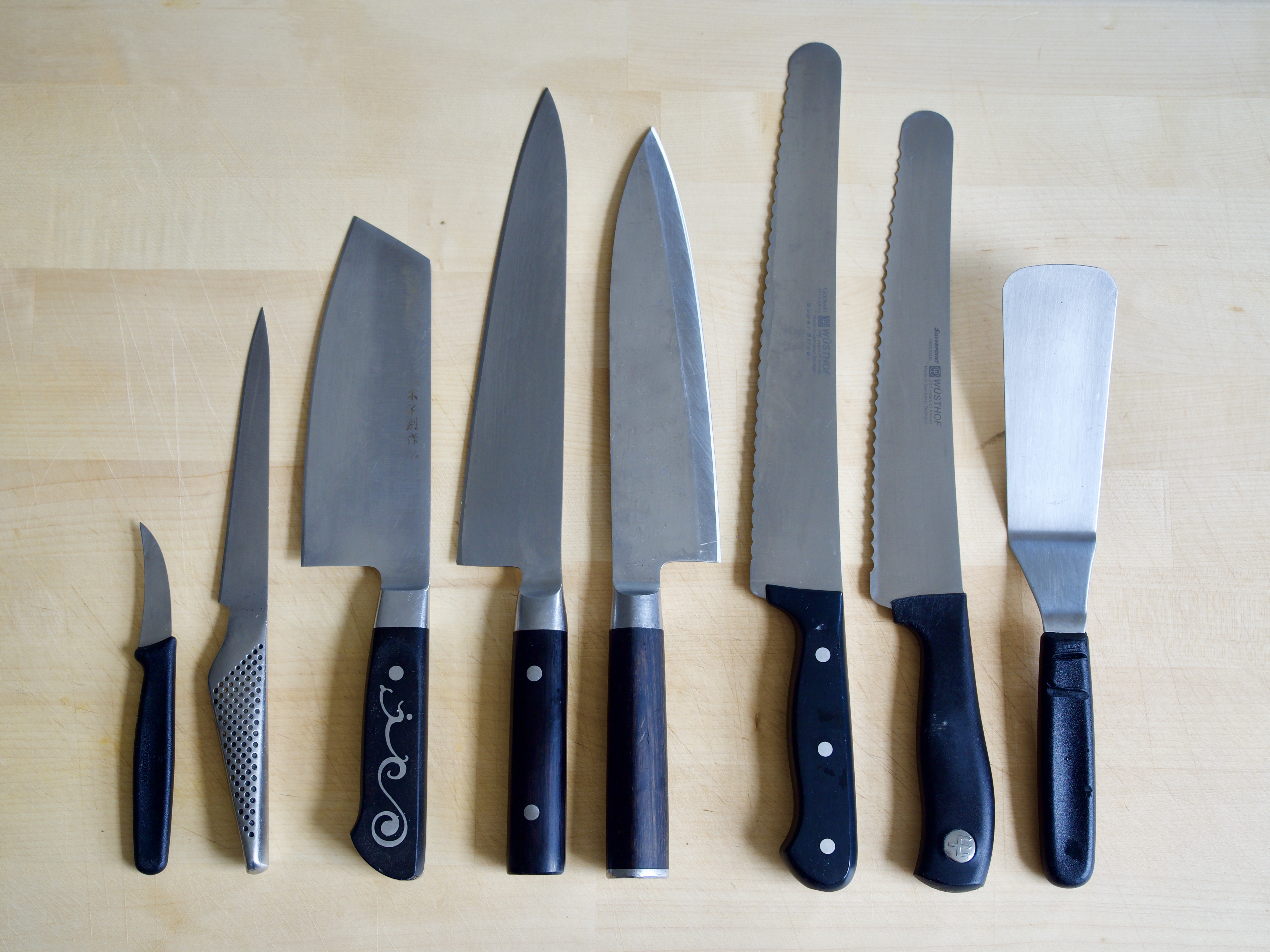
I suppose a lot of people would expect this one and of course any serious cook will have a reasonably serious opinion on knives.
There is the caveat of what you regularly cook and how you like to do things that will decide exactly what your requirements are.
I know some people that like to cut up chicken breasts with scissors, although arguably they would gravitate to this method less if they had a better knife for the task.
If you like to cook however, you really should invest in at least one decent knife. It will last you almost forever and it is the distinguishing tool of a cook. You don’t need to spend a fortune, a £40 budget will get you something decent.
A lot of basic yet precise prep tasks are simply impossible without the appropriate sharp knife and here is an additional caveat – sharpness is essential.
A chef’s steel used regularly will maintain a sharp knife by honing the edge, which basically means it keeps the edge aligned and smooth. As the edge gets tiny nicks, bends and dints through use, eventually it will become blunt. Once this has occurred it will need sharpening via a stone (the imperfections grinding away to create a new edge). Using a stone is a skill that takes a bit of practice but you can now get knives sharpened via post which is pretty handy.
The feel of a knife is quite a personal thing and different people prefer different shapes and styles. I was once working in Sydney and took a day off for my birthday (I was out there alone). I decided to treat myself so spent a morning in a specialist knife shop choosing a new knife. I was given a range of knives, a chopping board and various fruits and veg by the shop owner, to get a real feel for each one.
It was the best way to choose a knife that just felt ‘right’.
Having used many knives in my time, for anyone looking to invest in their first decent but affordable knife I would initially point them in the direction of something like the Kai Shun Wasabi Black Range and see if any appealed. These have been my favourite budget knife to use for some time and are a great balance of the premium Kai design at a more affordable price point.
For a do-it-all shape the Santoku is very versatile and easy to use.
If you prefer a more classic European shape the Chef’s knife is a solid all rounder.
Finally, often overlooked is the value of a good offset spatula ( a flipper). These seem expensive but once you’ve used one, you’ll wonder how you ever got by before.
9. Befriend your weighing scales
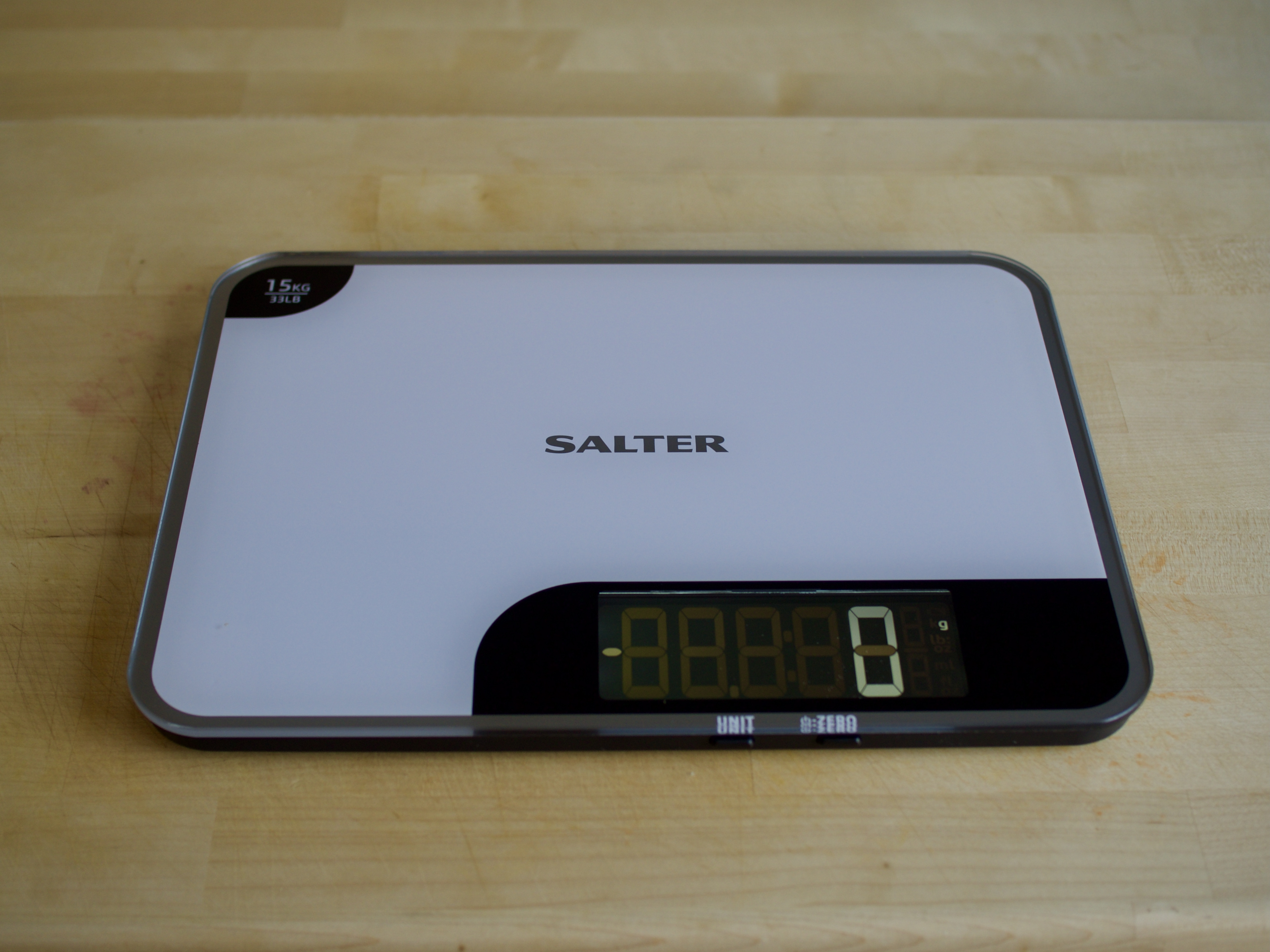
A reasonable set of digital scales is a useful ally in the quest for success in more precise situations such as making doughs, setting jellies, curing, fermentation, or most pastry work.
Measures by volume, eye or scratched off markings on an old measuring jug is asking for trouble.
Just weigh everything, it eliminates the risk of subjective judgement. So long as your scales are working, are precise to the gram ( 0.1g is even better) and you remembered to press Tare (which sets ‘as empty’ – to zero), you will hopefully avoid the woes of inaccurate measurements.
A couple of points to note, when it comes to teaspoon measures, a set of measuring spoons is usually good enough and if a recipe says millilitres you can just convert these to grams.
10. Have a few decent pans and oven trays
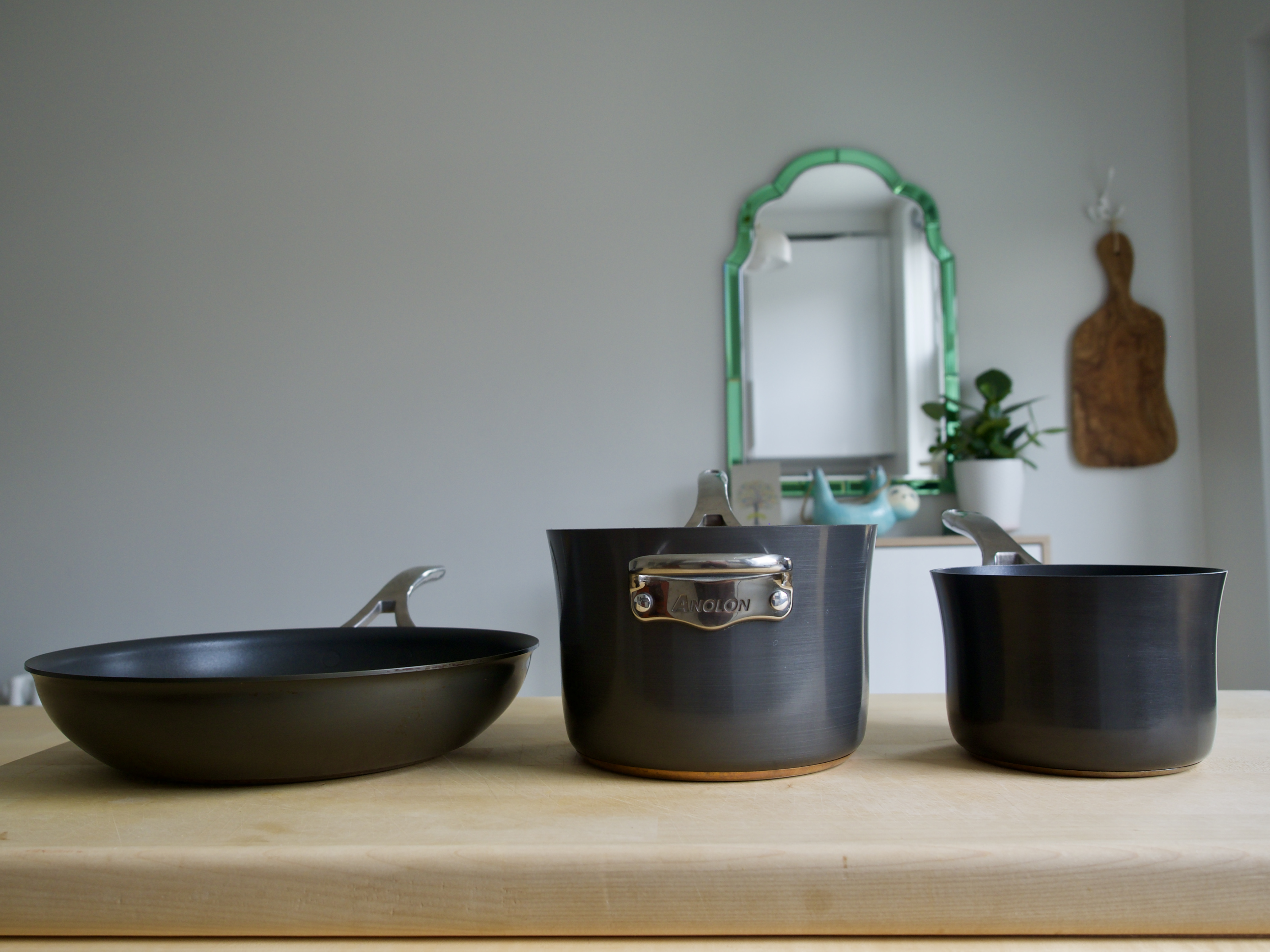
My final offering for this list is to invest in a bit of metalware, a few decent pans and a few decent oven trays.
Regarding pans you don’t need many, I get by most of the time with a large frying pan and two saucepans, one large one small. The frying pan is the main workhorse and your life will be better if it’s solid, holds heat well and is a decent quality non stick.
Oven trays just need to be solid, stainless steel or non stick so that they don’t do that weird bendy thing when they get hot.
If you cook on gas or ceramic I would recommend anodised aluminium, it’s light, tough and has good longevity on it’s non stick surface as it isn’t an additional layer but a treatment of the pan metal itself. It’s also a bargain these days as it won’t work on induction so its price is generally much lower.
I’ve used Anolon pans for years and I think these can’t be beaten, they just don’t like being put in a dishwasher. I’ve now shifted to induction after years of cooking on gas so I’ve had to upgrade to their more premium range.
Once your pan starts to look tired and things start to stick, be ruthless, bite the bullet and get a new one. I hammer pans and have come to realise that my frying pans in particular will only last so long, so it just comes down to finding pans that last the longest.
Most cooks will have their own set of kitchen strategies that they live by and I’m sure I have many more that I haven’t thought of for now.
Really it’s just about being mindful as you move through your kitchen, noticing the details of what makes life easier or harder. There are so many different tasks that fall under the banner of cooking it can become an incredibly complex workflow that so easily becomes stressful.
These days a lot of my habits are about keeping the workflow fluid, calm and relaxed; this is when cooking can be such a pleasure and where I feel that the best food is produced.
I really believe that when the energy is positive throughout the cooking process it is when the food is its best. By giving attention to the environment, your tools and your workflow, you have the opportunity to create truly wonderful food both for yourself and for those you care about.

